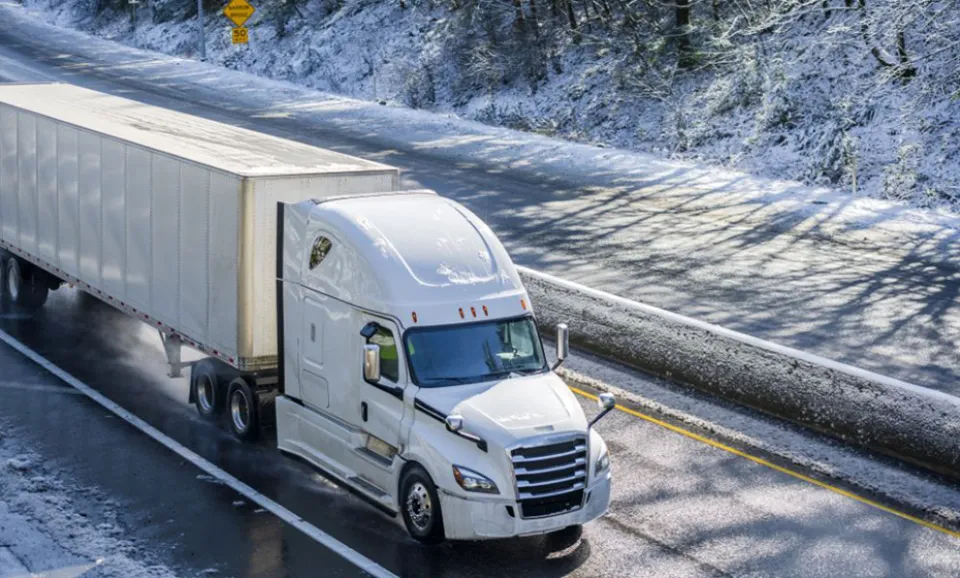
Everything You Need to Know About Dry Van Shipping
A dry van, a particular kind of semi-trailer that is completely enclosed to shield shipments from the elements, is what it means to be a dry van.
One of the most common and well-respected freight transportation options is dry van shipping. Because they are so readily available and have so many advantages during the shipping process, enclosed trailers have continued to be a popular mode of transportation. We will go into more detail about everything you need to know about dry van shipping in today’s post.
What is a Dry Van Truck?
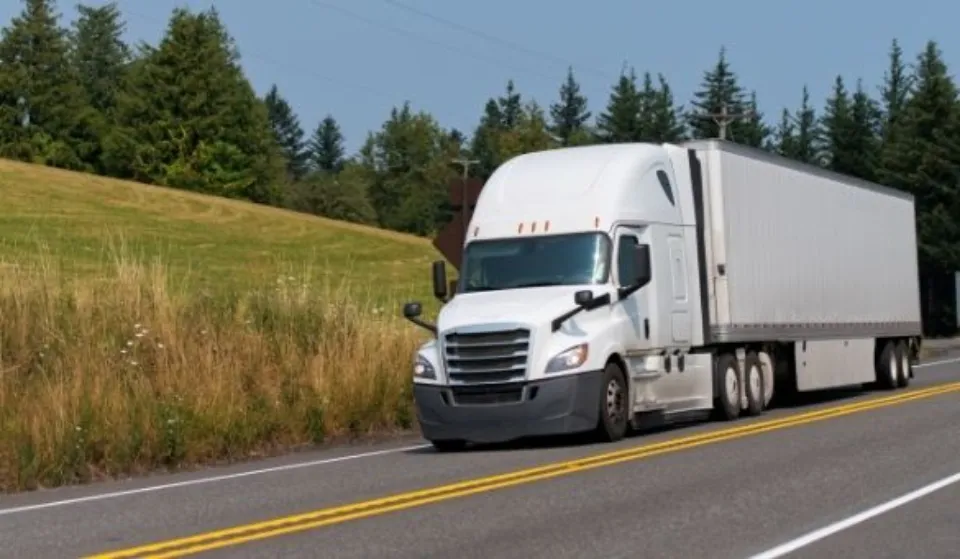
A dry van truck is an enclosed shipping container used for freight transportation. It is designed to shield the transported cargo from inclement weather, including snow and rain. The lack of refrigerators in dry van trailers is due to the lack of a need for refrigeration when transporting cargo.
The dry van freight shipping container have:
- Metal coating all-round
- Mostly fitted with swing open doors
- Floors are typically made of wood.
In actuality, a typical dry van trailer can hold 41,000 to 45,000 pounds.
Trucks for third party logistics come in a wide variety, with each having a variety of special features. The two most common truck types are box trucks and dry van trucks. Every benefit is different for each.
In the United States, dry van trucks are the most common kind of truck. Dry van trucks are the best choice for transporting items that need to be protected from the elements because they typically have a cargo area that is enclosed by walls.
On the other hand, box trucks are made to transport bigger items. Usually, the back of the truck is used to access their open cargo area. When moving furniture or large appliances, box trucks are frequently used.
Dry Van Vs Box Truck
You’ve probably been driving past trucks on the road without knowing how they differ from one another. Let’s immediately compare the dry van and box truck.
According to our definition, a dry van is an enclosed shipping container with a door at the back. It is used to transport non-perishable goods that don’t need refrigeration. In fact, dry van shipping is highly sought after in the US because the shipping containers shield the goods from inclement weather (rain and snow).
By defining a dry van for what it isn’t, the term “dry van truck” is frequently misused. It is not a truck with a temperature control that transports fresh goods like meat and dairy.
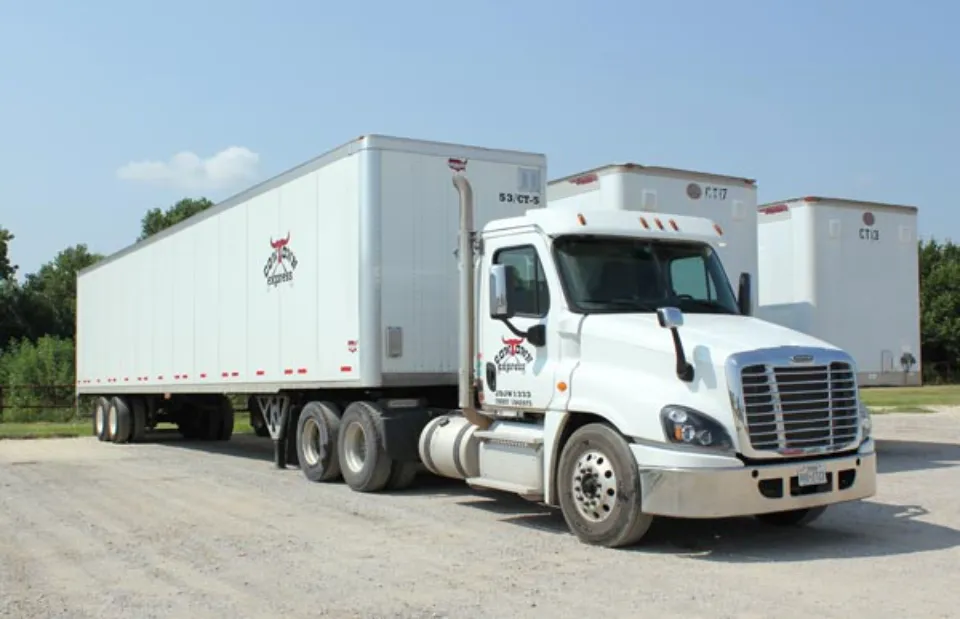
What is a Box Truck?
Actually, the name “Box” truck takes after it’s box shape. It is also known as a box van, cube truck, or rolling toaster. In some models, the cabin and goods components are separated by a door from the enclosed container’s various cargo areas.
To perform various tasks, including delivery and transportation, box trucks are best suited to come in various sizes. Box truck information that you should be aware of.
What Benefits Does Van Shipping Offer?
- Versatility
The most frequently used vehicles are dry vans because they are the best for delivering consumer packaged goods. Dry van trailers are frequently used to move electronics, furniture, and clothing, but they can also be used to move nonperishable groceries, machinery, and even household goods.
- Affordability
Vans are one of the most affordable freight solutions because they are easily accessible from a variety of carriers and don’t need any special operations or additional services.
- Safety & Protection
Weather protection is one of the most important advantages of using a van truck to transport dry van freight. Shipments are shielded from weather risks like strong winds, rain, and direct heat because the van trailer is sealed on all sides. An additional layer of security against cargo theft is provided by the enclosure and locking capabilities of the trailers.
How Much Does Shipping With a Van Trailer Cost?
You might be planning to ship your goods and products with vans and you may ask yourself “how much do dry van trailers cost?” or “where to rent a van trailer?”, keep reading to find more.
Because of its adaptability, the van is an inexpensive substitute for shippers, making it the most popular kind of trailer. Like all other types of equipment, the price of using a van is based on what is currently being charged in the transportation market for your shipping route.
But often the most economical choice is to transport freight with a van. This is caused, at least in part, by the fact that buying a van is less expensive than buying a reefer or other more specialized trailer.
What is the Best Dry Van Trailer?
On the market, there are many different trailer manufacturers, and each of them provides its own trailers in a distinctive way.
If you’re looking for a dry van trailer for sale or used van trailers for sale, we’ve included the top 3 van trailers from leading manufacturers here to help you narrow down your search and help you choose the best van trailers.
Dura Plate HD Van Trailers
One of the best van trailers on the market right now is the Dura Plate HD, produced by Wabash National Corporation in the United States.
The quality and efficiency of Dura Plate trailers are demonstrated by the fact that there are more than 500.000 of them on the road.
Being a leading producer of trailers in the US, Wabash National Corporation aspires to innovation and progress on a constant basis.
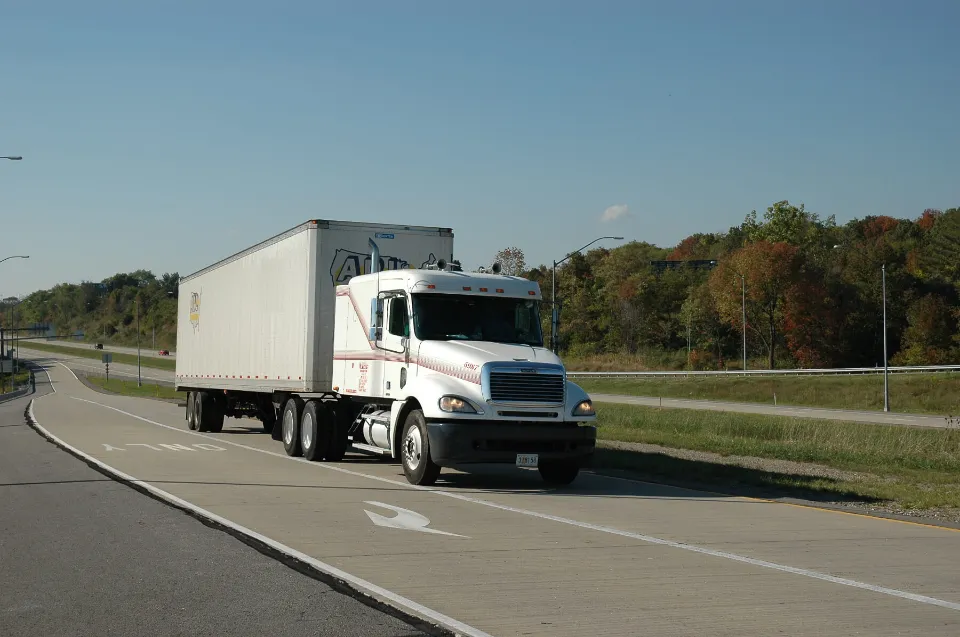
4000 D Van Trailer
The 4000D van trailer is yet another model that is incredibly resilient, inventive, and high-quality. This van trailer is produced by Utility Trailers.
One of the most important things to think about when looking to purchase a van trailer or a truck, in my opinion, is the company that made it.
Utility has thus been selling trailers for 102 years. A company that has a long history in the industry must be producing high-quality goods. Similar to how favorable reviews of the business might influence your choice.
The 4000D van trailer is an example of creativity, hard work, and light weight. This trailer was created using plywood, a typical building material.
What to Look for When Buying a Dry Van Trailer?
Are you contemplating purchasing a van trailer? A van driver, perhaps? Are you searching for the answer to the question “how much do van truckers make?”, here we provided you with some information to get a good estimation of answers to these questions.
Buying a trailer is a significant investment, whether you’re looking to expand your fleet or are just getting started in the shipping and dry freight industry. Examine these four trailer parts before signing the ownership documents.
1. Van’s Side Panels
Some trailers will claim to be “composite,” but they are essentially typical “sheet and post” trailers with aluminum outside sheets, galvanized steel posts, and an internal “light” steel liner. Galvanized steel sheets attached to a high-density polyethylene (HDPE) core make for a much more durable design.
2. The Scuff liner’s Design
A less expensive way of building trailers is to attach many scuff liners to the lower wall with aluminum rivets spaced at 12′′ intervals. During loading and unloading, when a forklift or pallet strikes the rivet, the force causes the aluminum rivet to loosen or shear, which separates the sidewall and causes further damage to the scuff liner and possibly the freight.
Instead, look for a scuff liner that has 8-mm-diameter stainless steel rivets on the recessed top flange.
3. The Base Rail Design
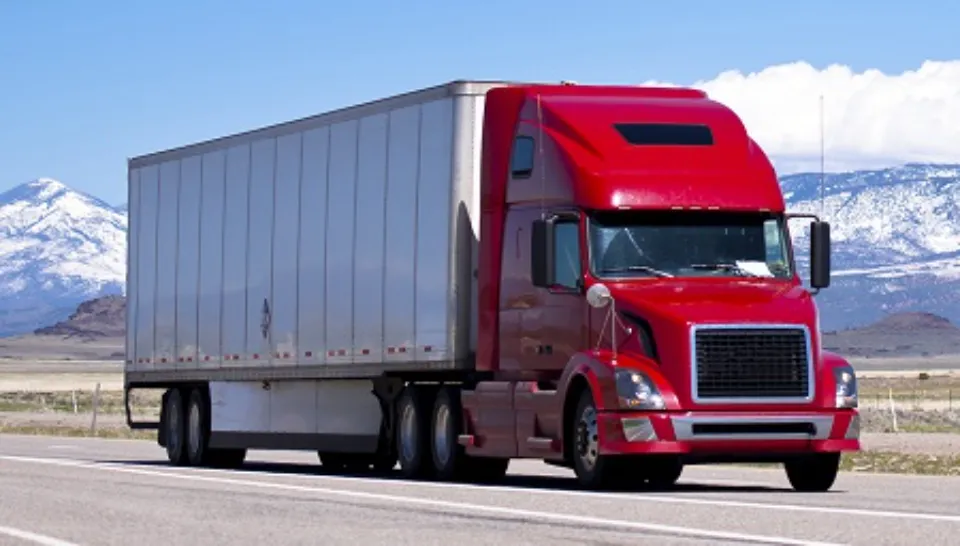
Base rails are frequently built using steel bolts or aluminum rivets. Aluminum rivets are less expensive to produce, but they produce base rail rivets that are vulnerable to corrosion and sideswipes. Contrarily, steel torque head bolts with cadmium plating eliminate fastener corrosion and provide nearly 2.5 times the shear strength of aluminum rivets, preventing sideswipe damage to your trailer’s bottom rail.
4. Tire Quality
Some trailers have Tier 2 or Tier 3 tires, which are initially less expensive but have inferior casings and can only be retread once or twice before needing to be replaced. Ideally, you should purchase a trailer with Tier 1 Bridgestone tires. These tires are the most economical tires you can purchase because they have the best casings and can be retread twice or three times.
Final Words
Once your items are in the dry van, make sure the appropriate tie-downs are used to secure them. This will make it more likely that your cargo will stay put during transit despite any hiccups or detours on the way. In order to confirm that everything is still in its original condition, make sure to check the trailer after each delivery. When using dry van trailers, you can help ensure the security of your cargo by keeping in mind these suggestions.

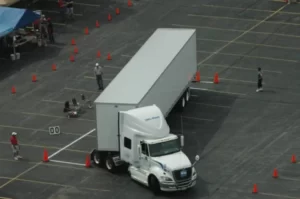

Average Rating